Grow Kohlrabi: Your Guide to a Bountiful Harvest
Grow Kohlrabi! Have you ever dreamt of harvesting your own crisp, delicious kohlrabi straight from your garden? It’s a surprisingly rewarding experience, and far easier than you might think. This article is your passport to a bountiful kohlrabi harvest, packed with simple, effective Grow Kohlrabi tips and DIY tricks that will transform your gardening game. Forget expensive, often disappointing store-bought produce; let’s unlock the secrets to cultivating this fascinating root vegetable right in your own backyard.
Kohlrabi, a member of the brassica family alongside cabbage and broccoli, boasts a rich history, cultivated for centuries across Europe and Asia. Its unique bulb, a swollen stem, offers a delightful crunch and mild flavor, perfect for salads, stir-fries, or even pickled as a tasty treat. But beyond its culinary appeal, growing your own kohlrabi connects you to the earth in a deeply satisfying way. It’s a rewarding experience that teaches patience, observation, and the simple joy of nurturing life from seed to table.
Why Grow Your Own Kohlrabi?
In today’s world, knowing where your food comes from is increasingly important. Growing your own kohlrabi ensures you’re consuming fresh, pesticide-free produce, tailored to your taste and free from the uncertainties of commercial farming. Plus, the satisfaction of harvesting your own homegrown vegetables is unparalleled. This guide will equip you with the knowledge and confidence to successfully Grow Kohlrabi, even if you’re a complete beginner. Let’s get started on your journey to a thriving kohlrabi patch!
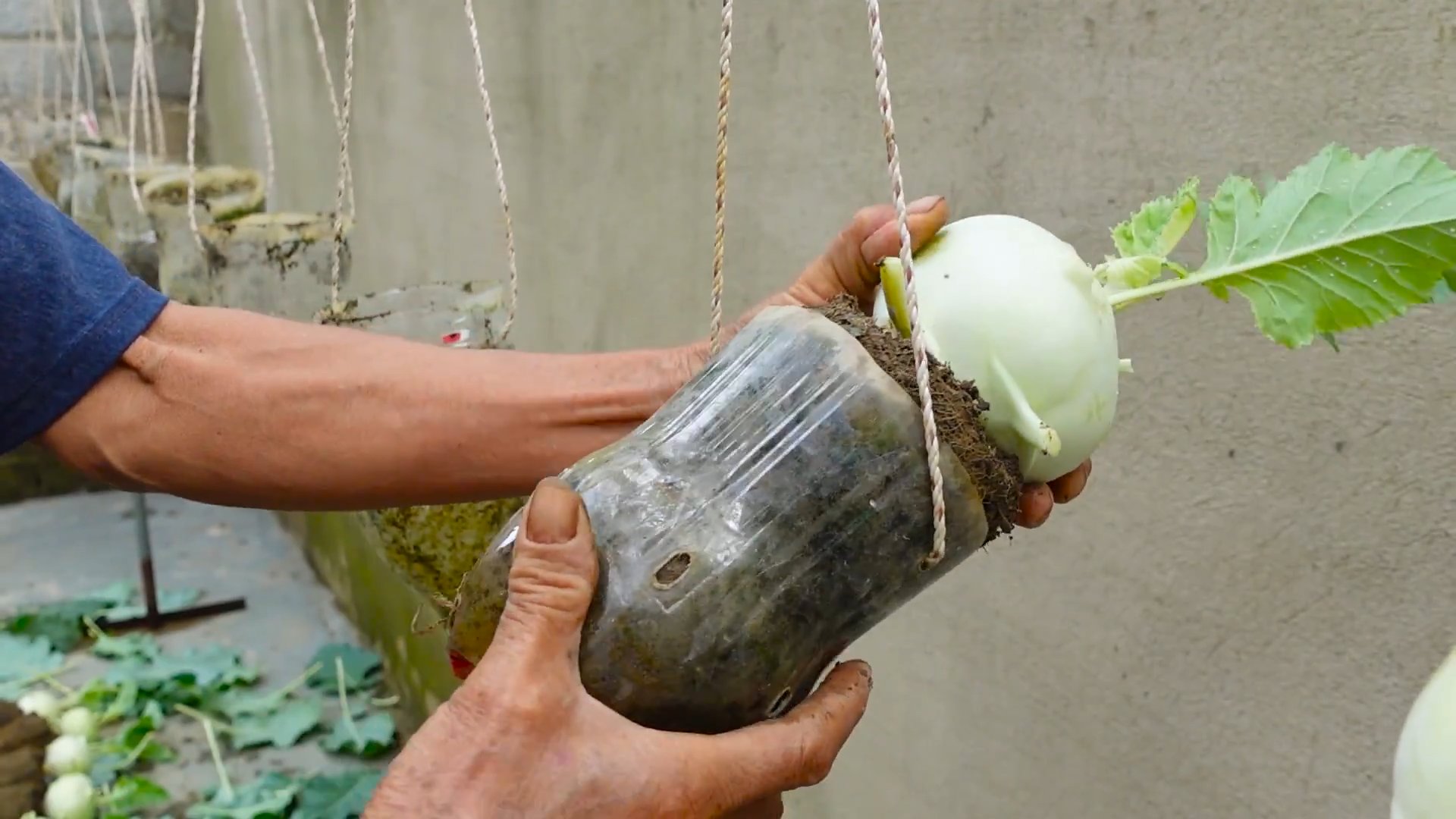
Growing Your Own Delicious Kohlrabi: A Step-by-Step Guide
Kohlrabi is a surprisingly easy-to-grow vegetable, and the reward of harvesting your own crisp, delicious bulbs is well worth the effort. This guide will walk you through the entire process, from seed to harvest.
Phase 1: Planning and Preparation
- Choose your variety: There are many kohlrabi varieties available, each with slightly different growing times and bulb colors (purple, green, or white). Select a variety suited to your climate and growing season. Early varieties are perfect for shorter seasons.
- Timing is key: Kohlrabi prefers cool weather. Start seeds indoors 4-6 weeks before the last expected frost, or sow directly outdoors after the danger of frost has passed. For a continuous harvest, you can stagger your plantings every couple of weeks.
- Soil selection: Kohlrabi thrives in loose, well-drained soil rich in organic matter. Amend heavy clay soils with compost or other organic materials to improve drainage and aeration. A slightly acidic to neutral pH (6.0-7.0) is ideal.
- Sunlight requirements: Choose a location that receives at least 6-8 hours of direct sunlight per day. Partial shade during the hottest part of the day in warmer climates is acceptable.
- Prepare your garden bed: Clear the area of weeds and debris. Till or loosen the soil to a depth of about 12 inches. Incorporate a generous amount of compost or well-rotted manure to enrich the soil.
Phase 2: Sowing the Seeds
- Starting seeds indoors (optional): Fill small seed starting trays or pots with seed-starting mix. Sow seeds about ¼ inch deep and 1 inch apart. Keep the soil consistently moist but not soggy. Place the trays in a warm location (around 70°F) with good light. Once seedlings have developed their first true leaves (after the cotyledons), thin them to one seedling per pot.
- Direct sowing: If you’re sowing directly outdoors, wait until the soil has warmed up and the danger of frost has passed. Make shallow furrows about ½ inch deep and 1 inch apart. Sow seeds about 1 inch apart in the furrows. Cover the seeds with soil and gently firm the soil around them.
- Watering: Water gently after sowing, ensuring the soil is consistently moist but not waterlogged. Use a gentle spray or watering can to avoid disturbing the seeds.
Phase 3: Transplanting and Growing
- Hardening off (for indoor-started seedlings): Before transplanting seedlings outdoors, gradually acclimate them to outdoor conditions over a period of 7-10 days. Start by placing them outdoors for a few hours each day, gradually increasing the exposure time until they can tolerate full sun and cooler night temperatures.
- Transplanting: Once seedlings have developed several true leaves (usually 4-6 weeks after sowing), transplant them outdoors. Space plants 6-8 inches apart in rows 12-18 inches apart. Dig holes slightly larger than the root ball and gently place the seedlings in the holes. Fill in the holes with soil, firming gently around the base of the plants.
- Watering: Water regularly, especially during dry periods. Aim for consistently moist soil, but avoid overwatering, which can lead to root rot. Mulching around the plants can help retain soil moisture and suppress weeds.
- Fertilizing: Kohlrabi is a moderate feeder. Apply a balanced fertilizer (such as a 10-10-10) according to package directions, or use a compost tea for a more organic approach. Avoid over-fertilizing, as this can lead to excessive leaf growth at the expense of bulb development.
- Weed control: Regularly remove weeds to prevent competition for water and nutrients. Mulching can help significantly reduce weed growth.
- Pest and disease control: Monitor plants for pests such as aphids, cabbage worms, and flea beetles. Use appropriate organic pest control methods, such as insecticidal soap or neem oil, if necessary. Good air circulation can help prevent fungal diseases.
Phase 4: Harvesting
- Harvesting time: Kohlrabi is ready for harvest when the bulbs are firm and about 2-3 inches in diameter. This usually takes 6-8 weeks after transplanting, depending on the variety and growing conditions. Harvesting too early will result in small bulbs, while harvesting too late will result in tough, woody bulbs.
- Harvesting technique: Use a sharp knife or garden trowel to carefully cut the bulbs from the plants, leaving about an inch of stem attached. Avoid damaging the bulbs during harvesting.
- Storage: Store harvested kohlrabi in the refrigerator for up to a week. For longer storage, you can peel and freeze the bulbs.
Phase 5: Troubleshooting
Problems and Solutions
- Bolting: If kohlrabi bolts (goes to seed) prematurely, it’s usually due to hot weather. Choose early-maturing varieties and plant them early in the season to avoid this problem.
- Pests: Regularly inspect plants for pests and take appropriate action. Use organic pest control methods whenever possible.
- Diseases: Good air circulation and proper watering practices can help prevent fungal diseases. Remove and destroy any affected plants.
- Poor bulb development: This can be caused by poor soil conditions, insufficient nutrients, or inconsistent watering. Amend the soil with compost, fertilize appropriately, and maintain consistent moisture levels.
Remember to enjoy the fruits (or rather, vegetables!) of your labor!
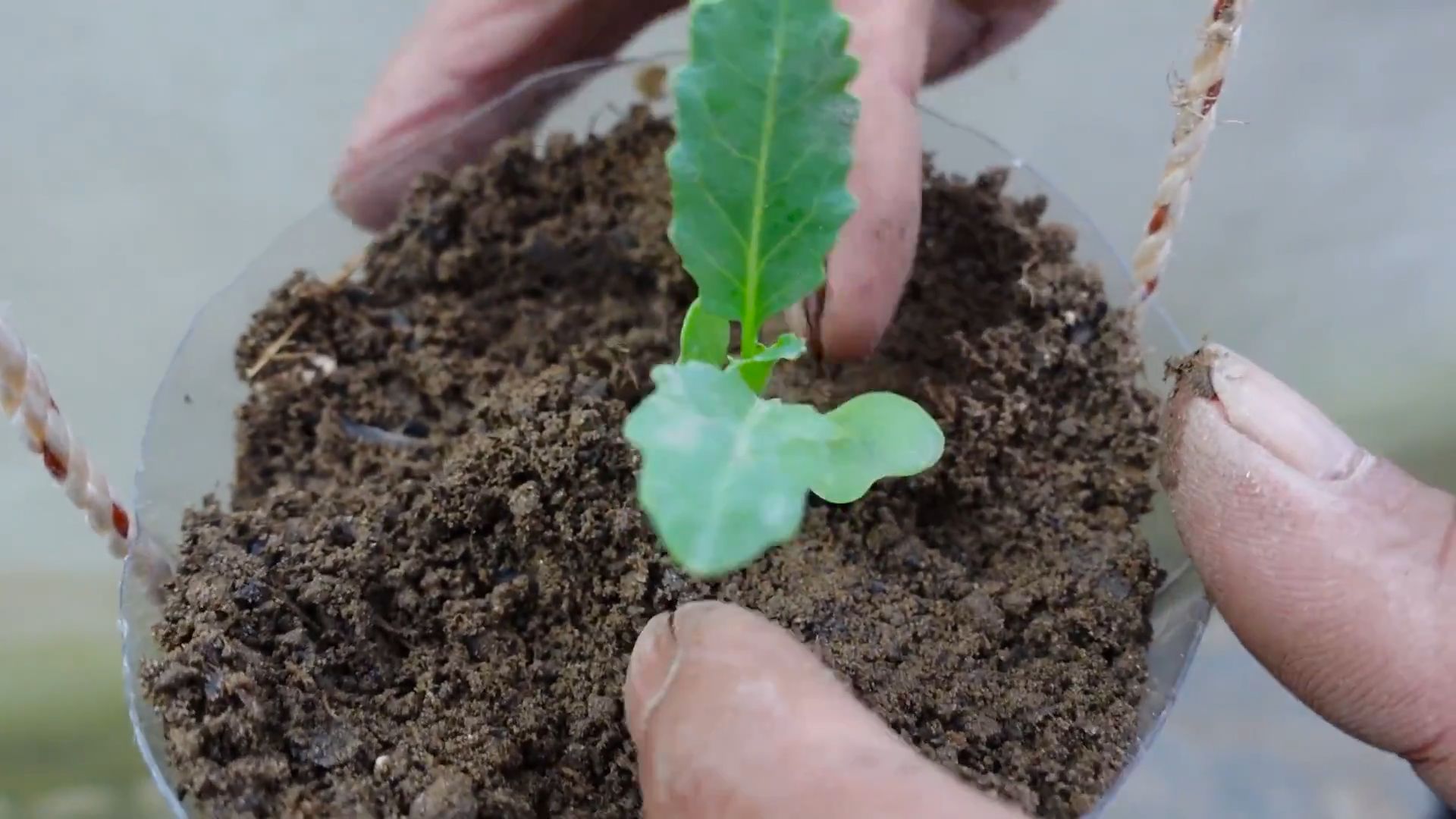
Conclusion
So there you have it – a comprehensive guide to growing your own delicious kohlrabi! This DIY approach to cultivating this often-overlooked root vegetable is a must-try for several reasons. First, the satisfaction of harvesting your own homegrown kohlrabi is unparalleled. There’s a unique joy in knowing exactly where your food comes from and the pride in nurturing a plant from seed to harvest. Second, homegrown kohlrabi boasts superior flavor and texture compared to store-bought varieties. The freshness is undeniable, resulting in a crisper, more vibrant taste. Finally, growing your own kohlrabi is a surprisingly simple and rewarding process, even for beginner gardeners. With a little patience and the right techniques, you’ll be enjoying the fruits (or rather, the roots!) of your labor in no time. This DIY kohlrabi growing method empowers you to control the quality and quantity of your harvest, ensuring a consistently delicious supply throughout the growing season.
Beyond the basic method outlined, there are numerous exciting variations you can explore. Experiment with different kohlrabi varieties – some boast purple hues, while others offer a milder flavor. Consider companion planting, incorporating kohlrabi into your existing garden alongside other vegetables like carrots or lettuce. These companion plants can help deter pests and improve overall soil health. You can also explore different planting methods, such as starting seeds indoors for an earlier harvest or directly sowing seeds into the ground. Don’t be afraid to experiment with different soil types and amendments to find what works best in your specific garden environment. The possibilities are endless!
We strongly encourage you to embark on this rewarding journey of growing your own kohlrabi. It’s a fantastic way to connect with nature, learn valuable gardening skills, and enjoy the freshest, most flavorful kohlrabi you’ve ever tasted. Share your experiences with us! We’d love to hear about your successes, challenges, and any innovative techniques you discover along the way. Post pictures of your thriving kohlrabi plants and delicious recipes on social media using the hashtag #GrowYourOwnKohlrabi. Let’s build a community of passionate kohlrabi growers and share our collective knowledge to inspire others to embark on this fulfilling endeavor. Remember, the journey of growing your own food is as rewarding as the harvest itself. So, grab your seeds, get your hands dirty, and experience the joy of growing your own kohlrabi!
Frequently Asked Questions
What type of soil is best for growing kohlrabi?
Kohlrabi thrives in loose, well-drained soil rich in organic matter. Amend heavy clay soils with compost or other organic materials to improve drainage and aeration. Sandy soils may benefit from the addition of organic matter to retain moisture. A slightly acidic to neutral pH (6.0-7.0) is ideal.
When is the best time to plant kohlrabi?
The optimal planting time depends on your climate. In cooler climates, sow seeds directly outdoors after the last frost, typically in spring or early summer. In warmer climates, you can plant kohlrabi in the fall or during cooler periods of the year. Starting seeds indoors 4-6 weeks before the last frost can provide an earlier harvest.
How often should I water my kohlrabi?
Consistent moisture is crucial for healthy kohlrabi growth. Water regularly, especially during dry periods, ensuring the soil remains evenly moist but not waterlogged. Mulching around the plants can help retain soil moisture and suppress weeds.
How do I know when my kohlrabi is ready to harvest?
Kohlrabi is typically ready for harvest when the bulbs reach 2-3 inches in diameter. The bulbs should feel firm and solid. Harvesting too early will result in small, underdeveloped bulbs, while harvesting too late can lead to tough, woody bulbs.
What are some common pests and diseases that affect kohlrabi?
Kohlrabi can be susceptible to pests such as cabbage worms, aphids, and flea beetles. Regularly inspect your plants for signs of infestation and take appropriate measures, such as handpicking pests or using insecticidal soap. Fungal diseases like black rot and clubroot can also affect kohlrabi. Practicing crop rotation and ensuring good soil drainage can help prevent these diseases.
Can I grow kohlrabi in containers?
Yes, kohlrabi can be successfully grown in containers, provided they are large enough (at least 12 inches in diameter) to accommodate the developing bulbs. Choose containers with drainage holes to prevent waterlogging.
What are some creative ways to use kohlrabi?
Kohlrabi is incredibly versatile! You can eat it raw, shredded in salads, or thinly sliced in stir-fries. It can also be roasted, steamed, or added to soups and stews. The leaves are also edible and can be used like spinach. Experiment with different cooking methods to discover your favorite ways to enjoy this delicious vegetable.
What should I do if my kohlrabi bulbs are not growing properly?
Several factors can affect kohlrabi bulb development. Insufficient watering, poor soil drainage, nutrient deficiencies, or pest infestations can all hinder growth. Ensure your plants receive adequate water, are planted in well-drained soil, and are fertilized regularly. Address any pest or disease issues promptly. If the problem persists, consider consulting with a local gardening expert for further assistance. Remember, patience is key! Sometimes, even with the best care, some plants may not grow as expected.
My kohlrabi plants are bolting. What does this mean and what can I do?
Bolting occurs when kohlrabi plants prematurely flower, resulting in smaller, less palatable bulbs. Bolting is often triggered by hot temperatures or long days. To prevent bolting, plant kohlrabi in cooler weather, provide adequate shade during hot periods, and choose varieties that are less prone to bolting. While the bulbs may not be ideal, you can still harvest and use the leaves and stems.

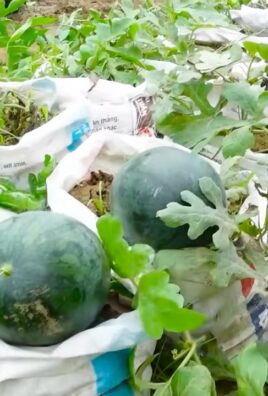
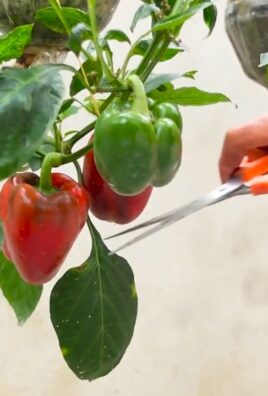
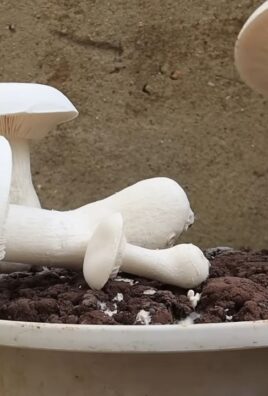
Leave a Comment